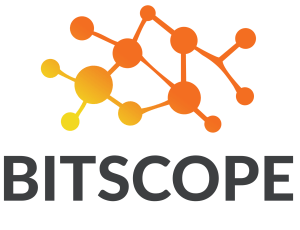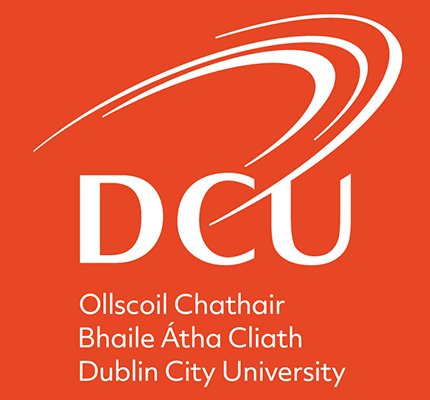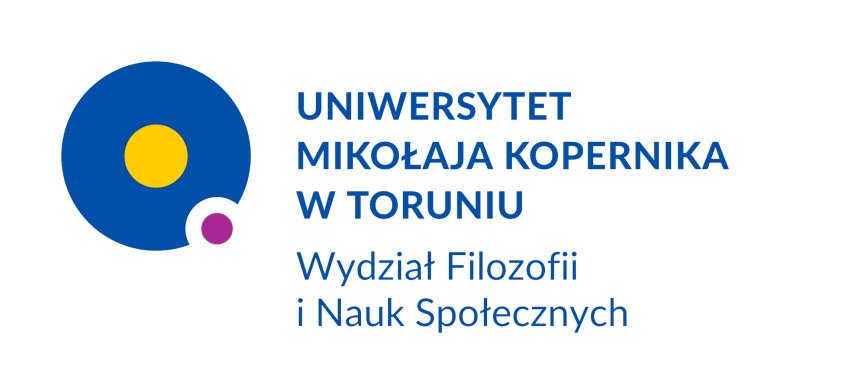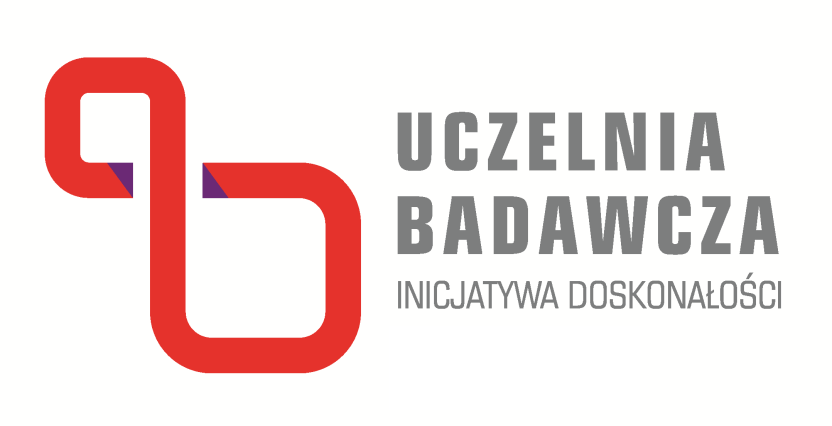The main goal of BITSCOPE project BITSCOPE is to construct a new type of brain-computer interface - BCI, which will be able not only to process information about the natural activity of the neuronal structures of the human brain in interaction with the real outside world, but also to analyze the evolution of those states that are generated only in a digital virtual environment. The growing popularity of virtual exhibitions, carried out in various fields of activity, from participation in virtual courses and conferences, through simulation systems of native environments, to interactions induced in virtual museums of works of art, makes it necessary to properly design new technological solutions allowing for advanced management of inducing appropriate emotional states. user. Each person has a unique "neural signature" that can be recognized by studying changes in dynamics by modeling appropriate non-linear systems.
The aim of the project is to show how brain computer interfaces can be improved to facilitate the creation of new interactions in the context of personalized online aesthetic experiences. The improvement of the BCI is being pursued by examining the target areas identified in this proposal. Implementation of improvements will be done through a passive BCI application that uses amplified human interaction with the computer. We present the whole concept together with a description of an example of using the application.
The passive BCI application uses personal personalized web experiences of users using machine learning systems (so-called recommender system). Designated application - this is a web application where visitors can explore a virtual art gallery. This space contains sets of exhibits, initially randomly selected from a larger set. The exhibit may include photographs, famous paintings, 3D art objects, historical artifacts, etc.


Dublin City University – Ireland





